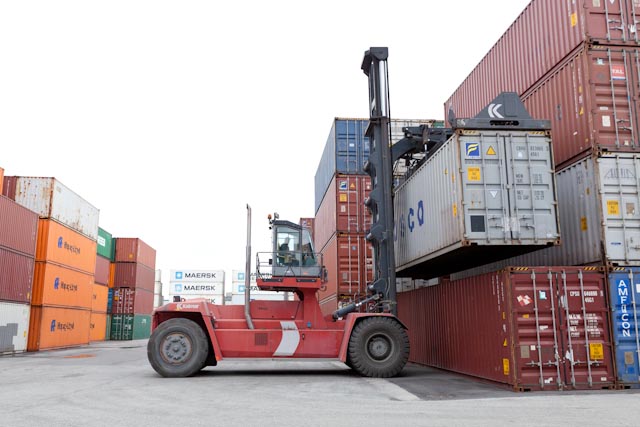The Port of Vancouver logistics sector has been key to maintaining the port’s lead as Canada’s predominate container gateway and acting a critical global supply chain hub.
The outcome of the 2015 Metro Vancouver Transportation and Transit Plebiscite will impact the region’s logistics sector, especially those segments that rely on road transport. The 2015 Surface Transportation Annual Review survey respondents expressed strong reservations about the quality of the local trucking routes serving British Columbia’s ports. The poor quality of local trucking routes was identified as the most acute infrastructure challenge on the immediate horizon. While completion of the South Fraser Perimeter Road has no doubt alleviated some congestion for highway freight destined for Deltaport, overall, the quality of highway and local road infrastructure serving Asia-Pacific Gateway freight interests was of concern to STAR survey respondents
The economic impact from this form of international trade is substantial. The 2012 Port of Vancouver Economic Study estimated that container traffic generates more than 10,000 person years of direct employment and nearly 22,500 person years of total employment. Expectations about rising container traffic volumes and increasing trade with Asia have resulted in substantial investment in import distribution centers, new and increased use of transload facilities and employment in the drayage sector.
Darryl Anderson, Managing Director Wave Point Consulting in this February 2014 BC Shipping News article illustrate the important role that Port of Vancouver’s logistics sector (import distribution centers, transload facilities, and the drayage industry) play in supporting maritime transportation, commerce and local employment and investment in the Lower Mainland.
Given the size and relative importance of the container logistic sector, there is no shortage of pundits offering their insights on the challenges. Perhaps two of the more thought provoking observers are local academics.
Simon Fraser University’s Peter V. Hall asserts in his paper Global Logistics Local Dilemmas that “public support for seaport gateways have declined because the relationship between seaports and port cities has been profoundly altered by the process of containerization and the rise of global logistics”. He cites some arguments for what he calls the infrastructure legitimacy problem. The primary reason cited by Hall is the spatial impacts caused by the concentration of local logistics activities that support global commerce. In contrast, professor emeritus Trevor Heaver from UBC in Co-ordination in multi-actor logistics operations: challenges at the port interface observes that PMV has been effective in getting the participation of “local” actors (terminal companies, inland carriers, and freight forwarders)” in initiatives impacting the performance of the gateway community.
It is this author’s hope that this article will help span the divide between two such disparate perspectives. We all rely on freight shipping and the local logistics industry to meet our daily needs. Yet there are challenges that impact our gateway’s effectiveness and our region’s sustainability. This article will perhaps stimulate further dialogue since in 2014 Metro Vancouver will be contemplating a goods movement strategy and Port Metro Vancouver will be considering changes to the drayage truck licensing system. Both decisions are likely to have impacts for the people who work and invest in the local logistic sector and the neighbourhoods and communities where port-related business is conducted.
The decision of voters on the Metro Vancouver Transportation and Transit Plebiscite will have significant impacts for the people who work and invest in the local logistic sector and the neighbourhoods and communities where port-related business is conducted. We all rely on freight shipping and the local logistics industry and road infrastructure to meet our daily needs. The challenges that impact the gateway’s effectiveness for freight transport and our region’s sustainability often get overlooked. The results of the upcoming plebiscite will ultimately answer this question in the short run.

